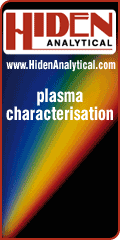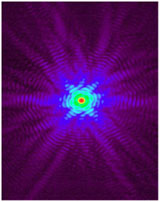
Diffractive imaging using a polychromatic high-harmonic generation soft-x-ray source
Ruben A. Dilanian, Bo Chen, Garth J. Williams, Harry M. Quiney, Keith A. Nugent, Sven Teichmann, Peter Hannaford, Lap V. Dao, and Andrew G. Peele
A new approach to diffractive imaging using polychromatic diffraction data is described. The method is tested using simulated and experimental data and is shown to yield high-quality reconstructions.
J. Appl. Phys. 106, 023110 (2009)

Optoacoustic method for determination of submicron metal coating properties: Theoretical consideration
Ivan M. Pelivanov, Daria S. Kopylova, Natalia B. Podymova, and Alexander A. Karabutov
Presented is a theoretical consideration of the optoacoustic conversion in a system consisting of a metal film deposited on a transparent dielectric substrate and covered by a transparent liquid. A method for nondestructive evaluation of submicron metal coatings properties is proposed.
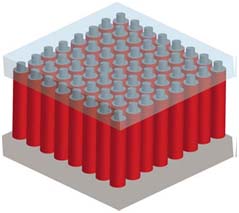
Energy transfer in nanowire solar cells with photon-harvesting shells
C. H. Peters, A. R. Guichard, A. C. Hryciw, M. L. Brongersma, and M. D. McGehee
Organic molecules that absorb strongly in the near infrared, where silicon absorbs weakly, are bonded to the surface of silicon nanowires (SiNWs) forming a thin shell. An array of 7-µm-long nanowires with a diameter of 50 nm is able to absorb over 85% of the photons above the bandgap of silicon. We measure a 60% increase in photocurrent from a planar silicon-on-insulator.
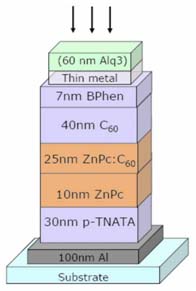
Optimizing the morphology of metal multilayer films for indium tin oxide (ITO)-free inverted organic solar cells
Scanning electron microscopy, atomic force microscopy, and optical spectroscopy are used to illustrate how ultrathin Al interlayers influence the morphology of Ag layers evaporated on top of organic materials and how closed layers with good conductivity can be achieved. Multilayer metal contacts are used to fabricate top-illuminated small-molecule organic solar cells (SM-OSCs) which reach efficiencies comparable to conventional SM-OSCs that employ tin-doped indium oxide as electrode. It is shown that combinations of Al and Au lead to similar results, suggesting a similar mechanism for the influence on morphological development of both Ag and Au.
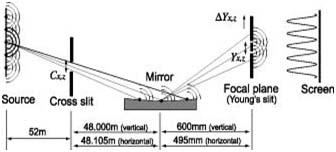
Feasibility study of high-resolution coherent diffraction microscopy using synchrotron x-rays focused by Kirkpatrick–Baez mirrors
Yukio Takahashi, Yoshinori Nishino, Hidekazu Mimura, Ryosuke Tsutsumi, Hideto Kubo, Tetsuya Ishikawa, and Kazuto Yamauchi
High-flux coherent x-rays are necessary for the improvement of the spatial resolution in coherent x-ray diffraction microscopy (CXDM). High-resolution CXDM using Kirkpatrick–Baez (KB) mirrors is proposed, and the mirrors are designed for experiments using the transmission scheme at SPring-8.
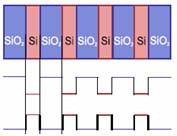
Efficiency limits of Si/SiO2 quantum well solar cells from first-principles calculations
Thomas Kirchartz, Kaori Seino, Jan-Martin Wagner, Uwe Rau, and Friedhelm Bechstedt
Efficiency limits are calculated for ideal systems according to the
Shockley–Queisser theory but also for more realistic devices with
finite mobilities, nonradiative lifetimes, and absorption coefficients.
Thereby, we identify the critical values for mobility and lifetime that
are required for efficient single junction as well as tandem solar
cells.

 Jump to Content
Jump to Content


